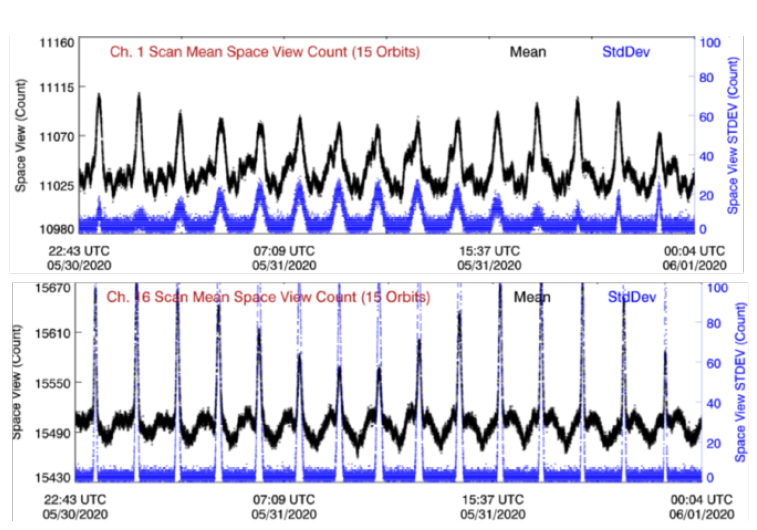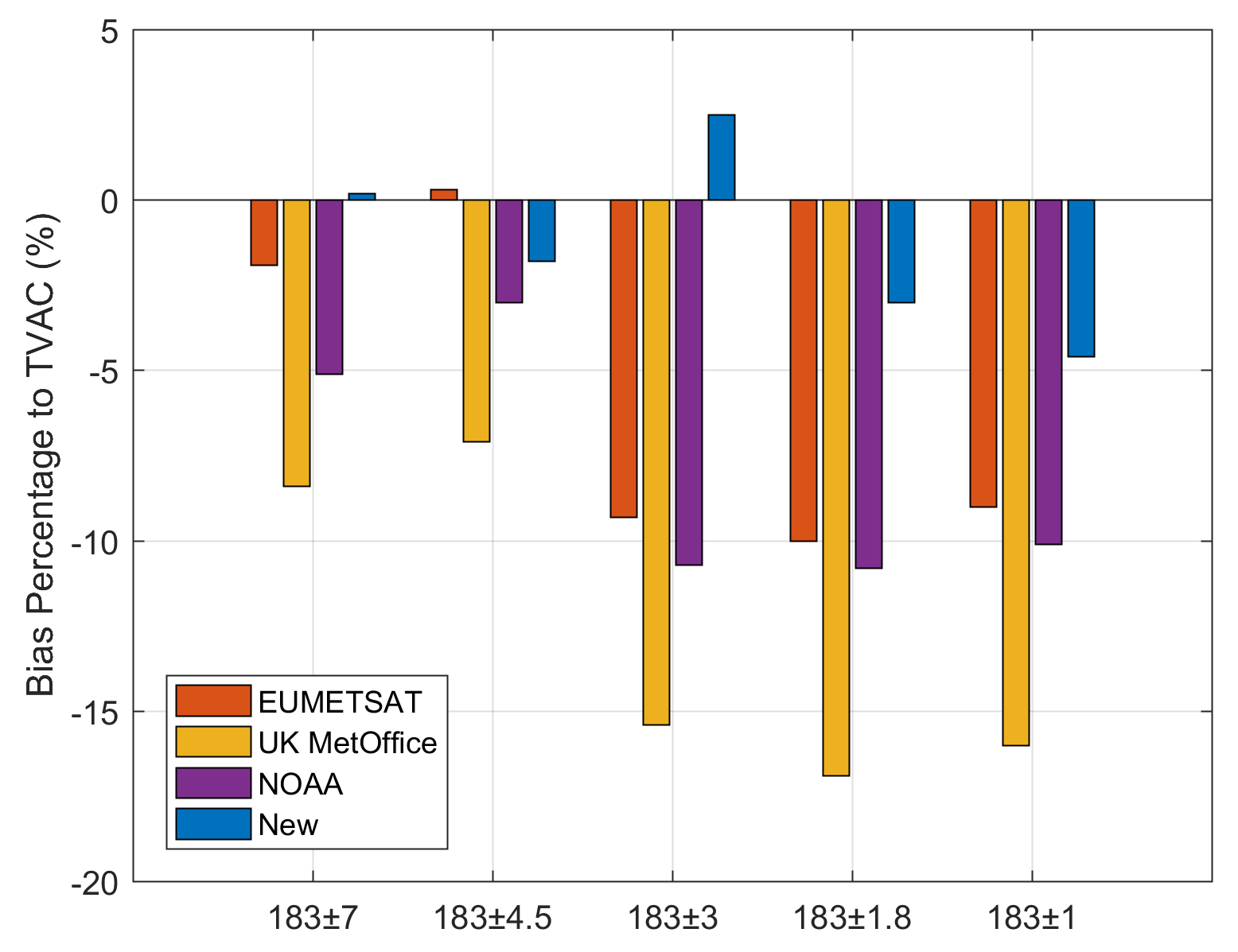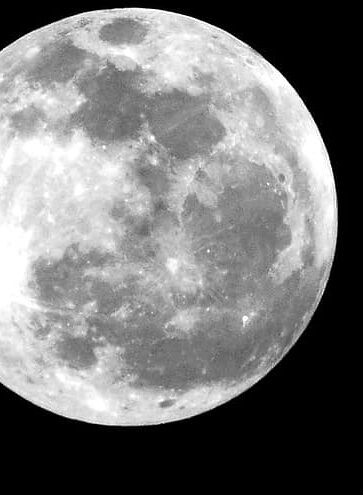“Unseen Heroes” Awards for the S-NPP CDP Reset Recovery Team
On December 6, the NOAA Joint Polar Satellite System (JPSS) Program Office announced that the “Unseen Heroes” award would go to the Central Data Processor (CDP) Reset Recovery Team. It was given “in recognition of efforts to restore the Suomi-National Polar-Orbiting Partnership (S-NPP) satellite instruments after a central data processor reset.” This was a major effort in collaboration between the JPSS SDR teams and OSPO to recover the SNPP satellite after the instrument entered “Sun-pointing mode,” leading all of the onboard JPSS instruments to go offline and require restarting and revalidation. The CISESS and Consortium Scientist awardees were:




